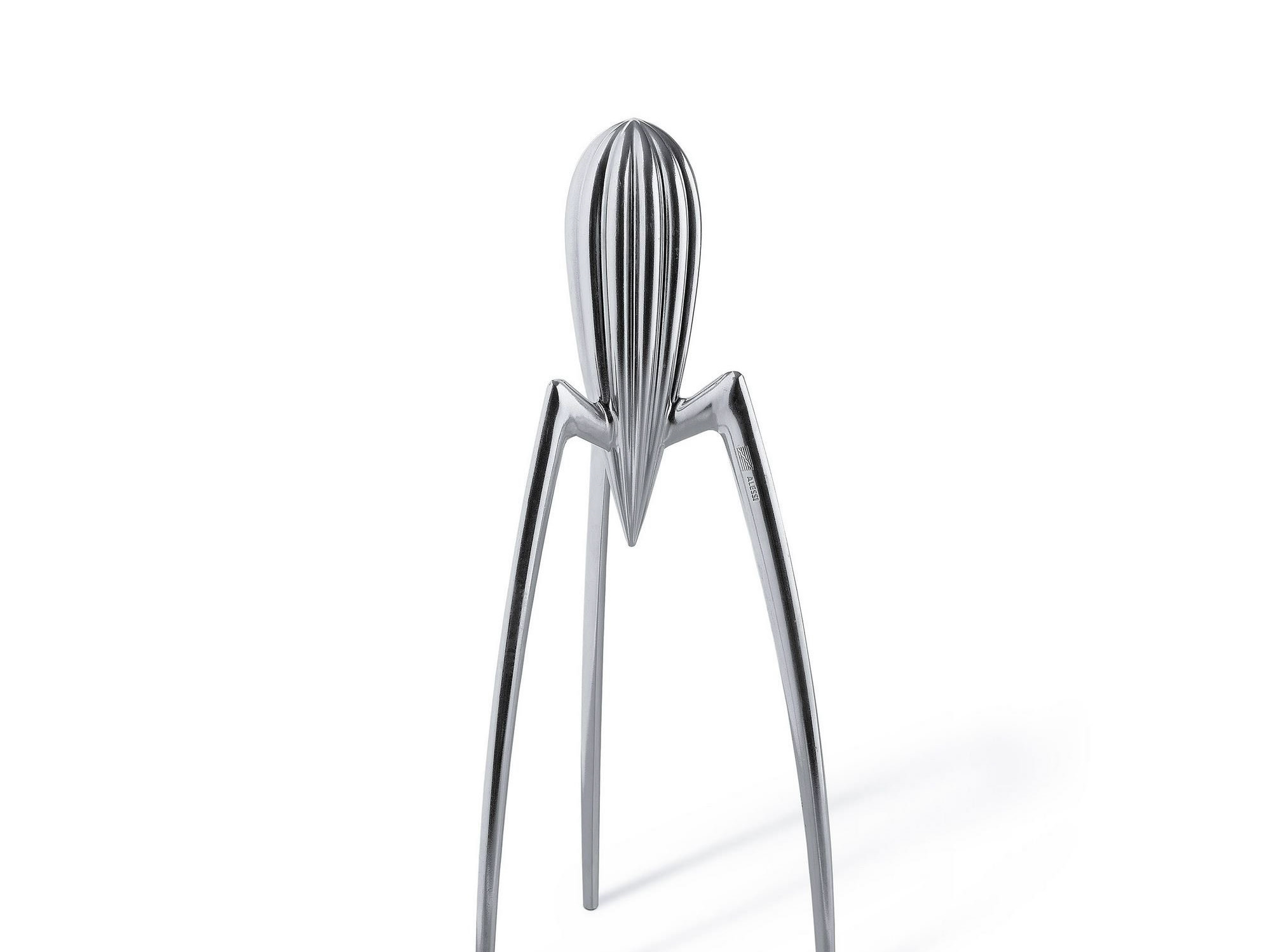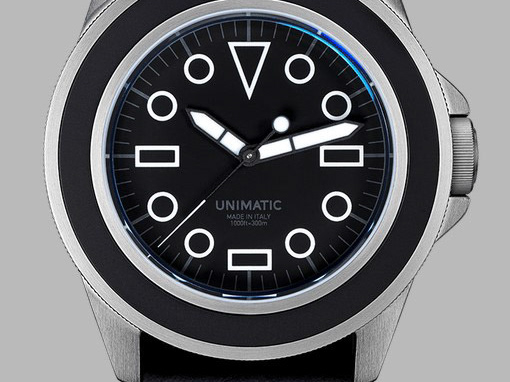Timeless-ness comes up occasionally when discussing design, both objects and buildings, and I'd like to dissect it a bit and explore its potential for usefulness as a tool in the designer's toolkit for decision making.
So what does timeless mean? One way it is often interpreted is as something that without time, as in, something that exists seperately from the passage of time by having no place in any one time. An example of this is the Eames Aluminum office chair, which is often used in movies set today, the mid 20th century, or even in the future on space ships (such as Passenger, 2016).
Alternative Meaning
However, I'd like to propose an alternative interpretation of 'timeless' that helps explain the appeal of the Eames Chair.
The usage previously discussed suggests an element of being outside of time; something that belongs to no time, no place, and no one. Instead, I suggest turning it around to mean that it belongs to ALL time, ALL places, and ALL people. I think this interpretation is more operational, as it is easier to find that which connects, than that which is connection-less. In this case, what makes this chair so versitile is in its ability to be relevant in all times, rather than separate from time.
With this subtle distinction to the interpretation of 'timeless' one can look to what is shared between time, place, and people to create characteristics that offer permanence, when appropriate.
So, then, when is it appropriate?
When is it Appropriate?
I'll start this section with an example of a product that I would suggest is definitive because it is not overtly timeless, and more so, would be a failure if it had been.
The first generation iMac, released in 1998, had a tricky task to accomplish. While satisfying the needs of computer users, which was obligatory, the thing it accomplished that both saved Apple and cemented Jonathan Ive's place in the history books, was that it made computers fun.
Prior to this, computer looked like the one below on the left, and importantly, computers in the home and computers in the office were designed similarly, despite the fact that the function of an object in the office is different to that of one in the home.
The iMac changed that completely when it came out in shocking colours, with a radical rounded shape that even incorporated a handle for ease of transportation. The playful nature of the machine was continued into the peripherals with the infamous 'puck' mouse and the matching coloured keyboard.


Apple succeeded in redefining the desktop's purpose in the home, and engaged an entirely new demographic by turning the computer into a friendly and fun accessory to the home.
My suggestion is that none of this could have happened if the computer had been designed with the intent to become 'timeless'. While we may still desire an Eames chair for our homes, I doubt many would seriously consider pairing with a 1998 iMac, regardless of the lack of computational power for today's world, as the role of the desktop in the home is no longer to encourage the adoption of the technology.
This is not to say that there is nothing 'for all time' in this design. As with any tool, it is a question of balance. In this case, the time-specific elements are most obvious and memorable, but the user interface paradigms (mouse, keyboard, etc.) are continued as they do not belong to a specific time (as far as we know, anyway).
On the other hand, how about something that is 'for all time' because it addresses the concerns or needs of a non-temporal context? Naoto Fukasawa and Jasper Morrison set to explore some of the most definitive examples of this in their book and exhibit, Super Normal.
Conclusion
In conclusion I suggest that, as with any of these concepts, the concept of 'timeless'-ness, interpreted at being 'for all time' in design can be a tool that must be used with purpose and balance. Some objects require a stronger tie to a particular temporal, geographical, or social context, while others serve better when the shared and universal qualities of time, place, or people is the focus.
Looking to nature, an example of this balance is the permanence and universality of the tree trunk, complemented by the transience of its leaves.
I suggest that rather than dismissing the fashionable, or trendy, we as designers take the time to address the usefulness of the temporary and recognise its place in the things we produce.
Further Reading
The Search for Form in Art and Architecture - Eliel Saarinen
Art as Experience - John Dewey
The Aesthetic Dimension - Herbert Marcuse
The Tall Office Building Artistically Considered - Louis Sullivan
Emotional Design - Donald A. Norman
Architecture and the Crisis of Modern Science - Alberto Perez-Gomez
Super Normal - Naoto Fukasawa and Jasper Morrison









